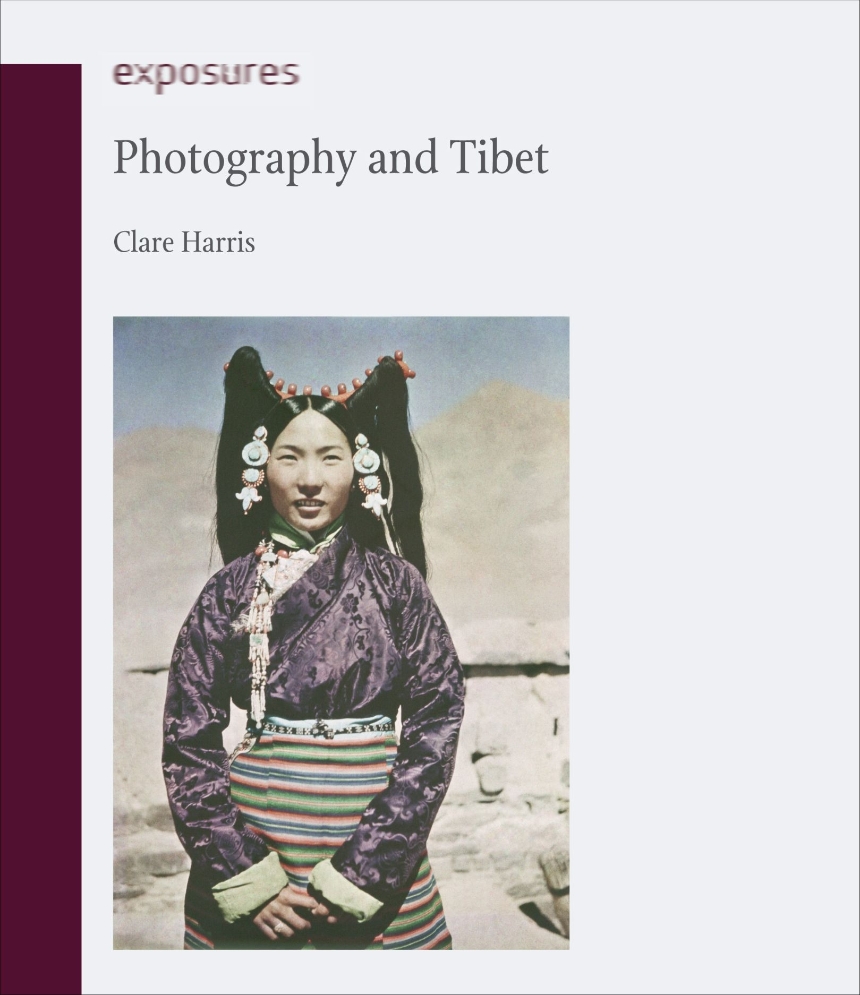Distributed for Reaktion Books
Photography and Tibet
Magnificent and mysterious, Tibet has been a source of fascination for outsiders for centuries, and its grand landscapes and vibrant culture have especially captivated photographers. But the country is both geographically and politically challenging, and access from the outside has never been easy. With this book, Clare Harris offers the first historical survey of photography in Tibet and the Himalayas, telling the intriguing stories of both Tibetans and foreigners who have attempted to document the region’s wonders on film.
Harris combines extensive research in museums and archives with her own fieldwork in Tibetan communities to present materials that have never been examined before—including the earliest known photograph taken in Tibet, dating to 1863. She looks at the experimental camera-work of Tibetan monks—including the thirteenth Dalai Lama—and the creations of contemporary Tibetan photographers and artists. With every image she explores the complex religious, political, and cultural climate in which it was produced. Stunningly illustrated, this book will appeal to anyone interested in the dramatic history of Tibet since the mid-nineteenth century and its unique entanglements with aesthetics and modernity.
Harris combines extensive research in museums and archives with her own fieldwork in Tibetan communities to present materials that have never been examined before—including the earliest known photograph taken in Tibet, dating to 1863. She looks at the experimental camera-work of Tibetan monks—including the thirteenth Dalai Lama—and the creations of contemporary Tibetan photographers and artists. With every image she explores the complex religious, political, and cultural climate in which it was produced. Stunningly illustrated, this book will appeal to anyone interested in the dramatic history of Tibet since the mid-nineteenth century and its unique entanglements with aesthetics and modernity.

